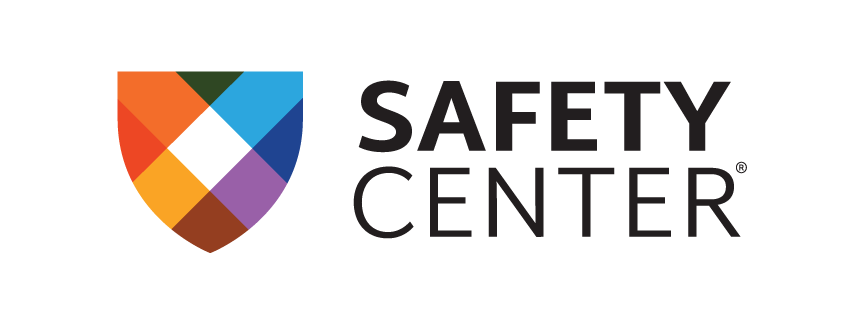A Safety Management Approach
Bob Lapidus, DSP, CSMS
What makes for a safe workshop? Whether it be a metal shop, carpentry shop, vehicle maintenance facility, paint shop, or any of a myriad of other kinds of shops where skilled employees repair, maintain, and even build things, there are certain safety matters that pertain to all of them. All of them come under the field of safety management. Safety requires a planned approach to preventing occupational injuries.
We need to manage our work environments. For example, shops are locations where employees do technical and skilled crafts. There are inherent hazards for each type of work. Identifying those hazards, developing remedies to eliminate them, and establishing procedures to go forward and maintain a safe work environment both in terms of conditions and practices is what we are supposed to do.
There are eye hazards in many shops from either the debris coming off machinery (such as abrasive wheels, drill presses, lathes, and chemical processes) or the fragments generated by manual work from such activities as hammering, sawing, and working with other power and hand tools. The debris hazard is emanating at the point of work, but the debris can fly in any direction, not just at the worker, but at other people walking past the work being done.
As a safety consultant, I find many shops allow their employees to put on eye protection when the employees feel like doing so. I rarely see signs requiring the wearing of eye protection for the employees at the point where they are doing the work. When such signs are posted, I often see employees working without eye protection and no one is saying anything to change that behavior. Under the heading of safety management, that is called lack of accountability.
The ideal shop eye-safety program includes the requirement to wear eye protection as soon as or even prior to entering the shop. In this way, no debris from whatever work is being done, will get into someone’s eye. Signs are posted on entry doors and in the interior of the shop requiring all people in the shop to wear the needed eye protection. It is fail safe. No one in the vicinity of the work being done is exposed to an eye injury. Their eye protection prevents it.
For More Information
To become part of discussion on topics like the one above, go to www.safetycenter.org to obtain information about Safety Center’s Safety Management Specialist Certificate.
After completing this nine-day program, graduates may take the exam to achieve the Certified Safety Management Specialist (CSMS) designation. Recipients of the CSMS receive a beautiful plaque and become part of an elite group of safety specialists who have achieved this recognition. Once this certification is attained, successful candidates keep it for the rest of their lives without any additional requirements or fees.

